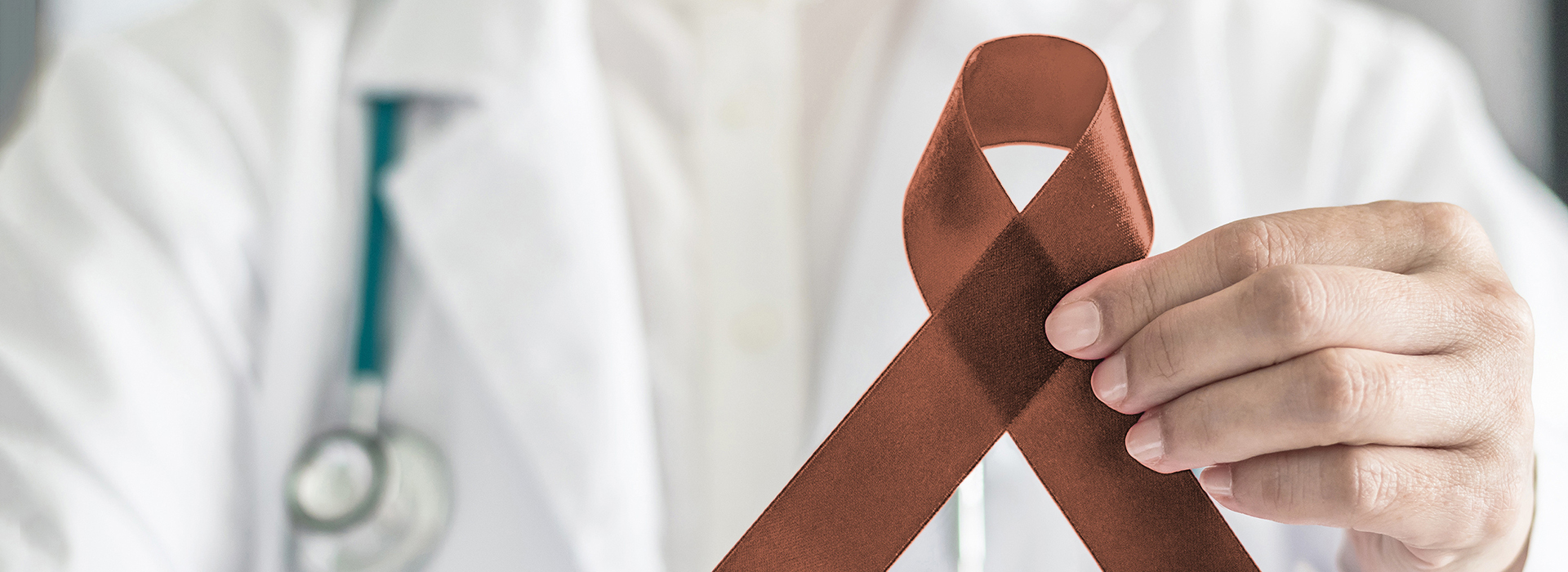
Oral cancer accounts for 2.9% of all diagnosed cases of cancer in the United States. According to the American Cancer Society it is estimated that 51,000 people across the country will develop oral cancer this year and that 10,000 fatalities are expected from the disease.
Oral cancer can occur anywhere in the orofacial complex but is most often found on the tongue, the tonsils and oropharynx, the gums, floor of the mouth, lips, cheek lining or the hard palate. While the disease can affect anyone, men are twice as likely to develop oral cancer as women. Those particularly at risk for oral cancer are men over the age of 50 who are heavy smokers and frequently drink alcohol. Additional risk factors may include UV exposure from the sun or sunlamps, GERD (gastro-intestinal reflux disease), prior head and neck radiation treatment, exposure to certain chemicals and poor diet. While the death rate from oral cancer has been decreasing in the past several decades thanks to early detection and advanced methods of treatment improving the outcomes of care, there has been a recent rise in the incidence of oropharyngeal cancer due to increased transmission of the sexually transmitted human papillomavirus (HPV).
As part of a comprehensive exam, the dentist will perform a screening for oral cancer. To start, the dentist will review the patient’s medical and dental histories and ask if there have been any changes to his or her oral health or overall health. The dentist will then carefully check in and around the oral cavity as well as the head and neck area for any signs or symptoms that may indicate the presence of a problem

Ready to schedule your next dental appointment or have questions about our services?
Contacting Flex Family Dentistry is easy! Our friendly staff is available to assist you with scheduling appointments, answering inquiries about treatment options, and addressing any concerns you may have. Whether you prefer to give us a call, send us an email, or fill out our convenient online contact form, we're here to help. Don't wait to take the first step towards achieving the smile of your dreams – reach out to us today and discover the difference personalized dental care can make.